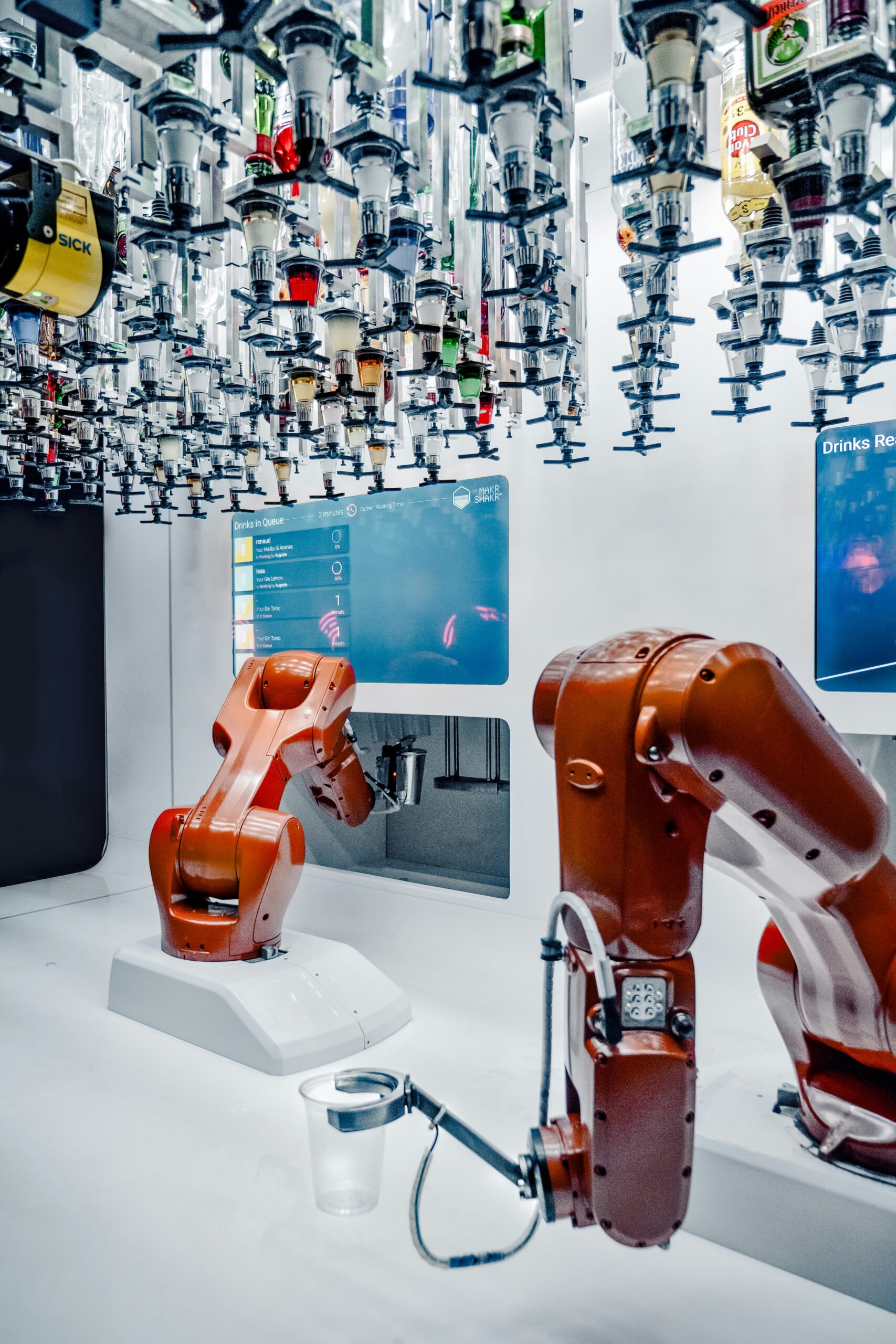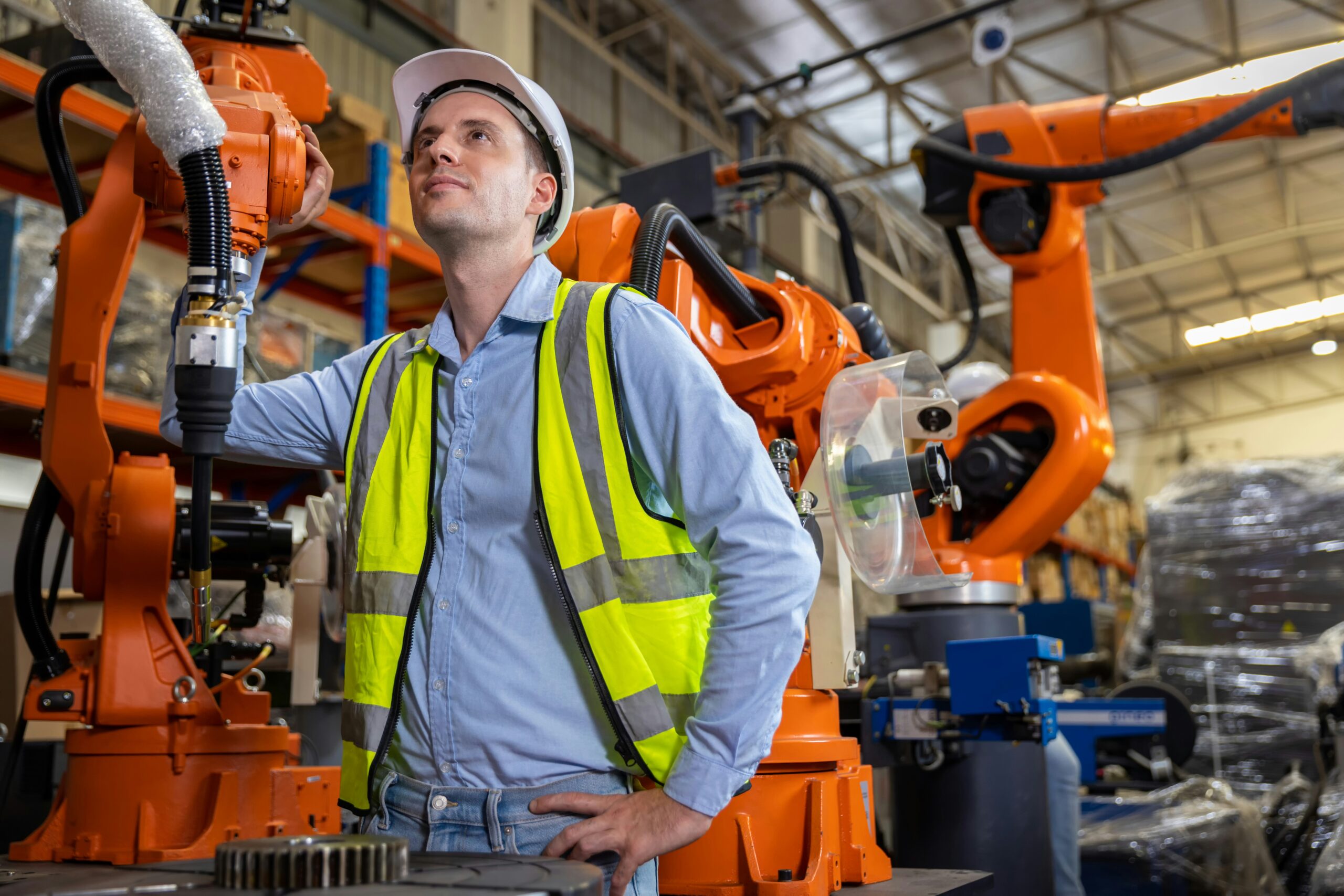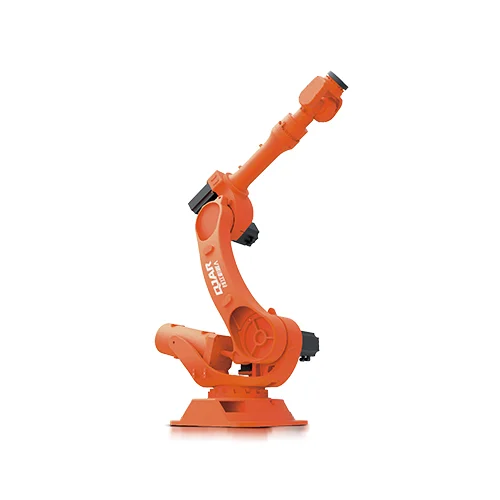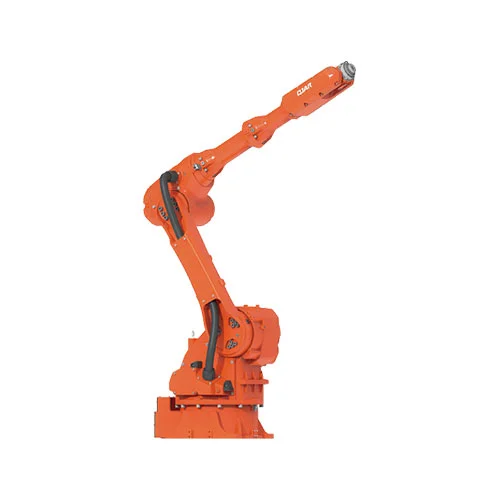Leading primarily to the integration of automation into manufacturing processes, the industrial sector experienced a significant paradigm shift at the turn of the 21st century. Significant product quality, operational efficiency, and labor force reduction enhancements have resulted from technological progress, particularly in the domains of assembly and refining. The QJR10-2000 assembly robot and the QJR210-1 polishing robot are two revolutionary models that are highlighted as we examine the advancements in polishing and assembly robots. These innovations exemplify the advancements achieved in robotic technology and hold the potential to revolutionize manufacturing benchmarks.
The Development of Assembly and Polishing Robotics
A Historical Synopsis
Throughout their history, robotics have undergone significant progressions, progressing from basic, programmable appendages to sophisticated systems with the ability to execute intricate tasks with exceptional accuracy. An effort was made to reduce human error and enhance safety by initially employing machines to execute laborious and perilous duties. However, their utility has significantly expanded to include a vast array of processes, including refining and assembly, where precision and productiveness are critical.

The Transition from Manual to Automated Procedures
The shift from manual to automated refining and assembly procedures represents a substantial advancement in the field of industrial manufacturing. Manual processes, although partially efficient, require significant effort and are susceptible to inaccuracies. By providing unparalleled precision, velocity, and consistency, the advent of polishing robots and assembly robots has fundamentally transformed these activities. In addition to improving the quality of the final products, these robots also make a positive contribution to workplace safety and efficiency.
Highlights of Next-Generation Technologies
An Overview of Polishing Robots
In the manufacturing sector, polishing machines have become a crucial innovation, particularly in industries where surface quality is of the utmost importance. Designed to provide superior refining results with high precision and repeatability, the QJR210-1 robotic arm is a prime example of this technology in action. Its compact construction and expansive work area render it well-suited for an extensive range of tasks, including but not limited to palletizing and welding.

Progress in Automated Assembly Robots
In a similar fashion, substantial progress has been made in the field of assembly robots, with the QJR10-2000 robotic arm taking the forefront. This model is distinguished by its exceptional speed and accuracy, flexible installation options, and high degree of compactness. The machine demonstrates its versatility in manufacturing processes through its proficiency in performing a wide range of duties, including sifting, assembly, welding, and painting.
Technical Particulars and Advantages
Robot for polishing: QJR210-1
In addition to its 210kg payload and 2688mm reaching distance, the QJR210-1 polishing robot has a repeat positioning accuracy of ±0.2mm. The aforementioned specifications highlight its capacity to manipulate sizable and weighty objects with remarkable accuracy. In addition, its broad range of motion and rapid velocity enable smooth functioning in a multitude of contexts, solidifying its position as a multifunctional instrument in the realm of industrial polishing.

Robot for Assembly: QJR10-2000
Likewise noteworthy is the QJR10-2000 assembly robot‘s technical prowess. Featuring a 6-axis movement, a burden capacity of 10kg, and an armspan of 2001mm, this device provides assembly duties with an exceptional blend of adaptability and accuracy. The apparatus’s ±0.05mm repeat positioning accuracy guarantees that each operation is carried out with the highest degree of precision, thereby augmenting the overall efficiency and quality of the assembly procedure.

Applications in the Real World and Case Studies
Robotic Polishing in Operation
The refining process has been significantly revolutionized in many industries by polishing robots like the QJR210-1. For example, within the automotive industry, these machines have played a pivotal role in attaining immaculate finishes on automobile bodies, thereby substantially diminishing the temporal and labor-intensive requirements of manual refining. By virtue of the exceptional accuracy and uniformity provided by these machines, every vehicle satisfies rigorous quality requirements.
Assembly Robots Are Revolutionizing Industries
The consequences of assembly robots are similarly significant. The QJR10-2000, for example, has played a crucial role in the automation of electronic device assembly lines, where speed and accuracy are of the utmost importance. An exemplary implementation involves EVS’s creation of an intelligent PCB assembly machine. This apparatus meets the stringent requirements for flexibility, integration, and precision in the electronics manufacturing sector by utilizing the QJR10-2000’s advanced control and accuracy.
Challenges and Prospects for the Future
Conquering Technical Obstacles
Although refining and assembly robots offer numerous advantages, their integration into pre-existing systems is not without its difficulties, which include a substantial initial investment and the requirement for specialized training. Nevertheless, the enduring advantages, including heightened productivity, diminished labor expenses, and enhanced product excellence, frequently surpass these preliminary challenges.
Emerging Developments in Robotic Assembly and Polishing
Anticipating the future, robotic assembly and refining will continue to develop in novel and inventive ways. There is an expectation that the integration of machine learning and artificial intelligence will enhance the autonomy of these robots, facilitating the execution of more intelligent and flexible operations. Due to this advancement, manufacturing procedures will presumably become even more streamlined, adaptable, and customizable.
Conclusion
The development of assembly robots and polishing robots signifies a substantial progression in the field of industrial manufacturing. In terms of precision, efficiency, and adaptability, the QJR210-1 and QJR10-2000 exemplify the cutting-edge capabilities that modern robotics have to offer. These technologies have the capacity to substantially transform the manufacturing sector as they continue to advance. They would make it more intelligent, streamlined, and adaptable to the changing demands of industries worldwide.
Incorporating sophisticated robotic systems into manufacturing processes is a voyage that is both thrilling and fruitful. Manufacturers can optimize their operations by consistently remaining updated on the most recent advancements in robotics, specifically in regards to polishing robots and assembly robots. Additional case studies and success tales will yield valuable insights regarding the practical advantages and potential of these technologies, thereby facilitating the development of a more innovative and efficient industrial manufacturing future.
